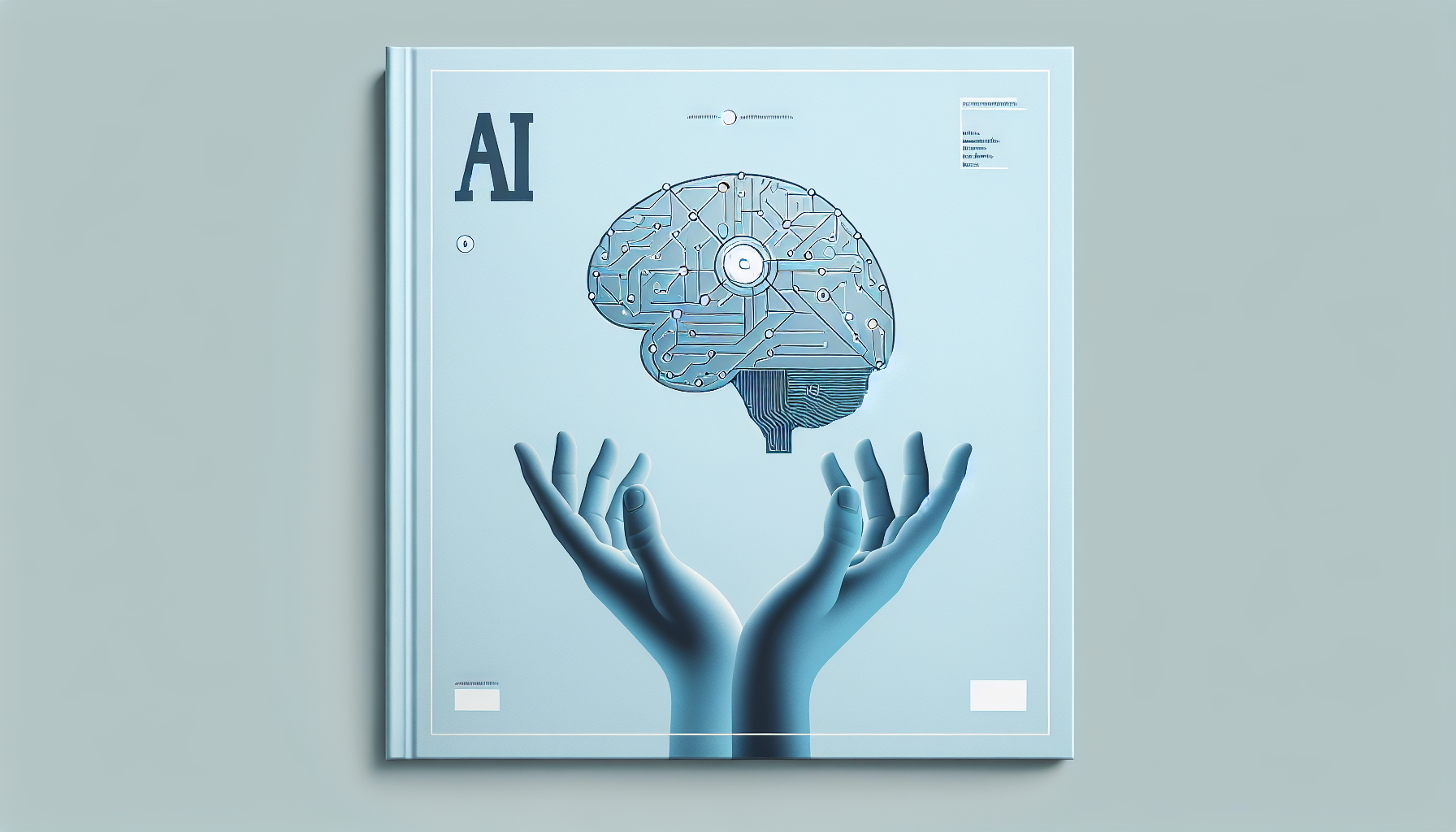Designing Resilient AI Systems: Frameworks for Sustainable and Ethical Intelligence
Future-proof AI requires resilience, ethical design, and sustainability principles integrated into development.

The Evergreen Challenge of AI Resilience
As AI systems increasingly influence every industry, establishing resilient, sustainable, and ethical AI architectures is essential. This challenge goes beyond current hype or incremental improvements, focusing on foundational principles that ensure AI remains robust, trustworthy, and adaptable far into the future.
Framework 1: Layered Resilience Architecture for AI
This technical approach centres on designing AI systems with multiple, independent resilience layers that address diverse failure modes, adversarial conditions, and ethical considerations simultaneously.
Step-by-Step Implementation
- Redundancy Layers: Implement ensemble models and fallback algorithms to handle model degradation or drift.
- Data Integrity Modules: Continuously validate input data streams against corruption, bias, and adversarial attacks.
- Ethical Constraints Engines: Embed rule-based or learned policy modules to prevent outputs violating ethical or legal guidelines.
- Continuous Monitoring & Feedback: Use explainability tools and anomaly detection to monitor model behaviour with automatic alerts.
- Update Pipelines: Ensure safe retraining and version control with rollback capabilities.
Code Illustration: Implementing an Ethical Constraints Layer
# Ethical filter example for language AI output
class EthicalFilter:
def __init__(self, prohibited_terms):
self.prohibited_terms = set(prohibited_terms)
def filter(self, text):
for term in self.prohibited_terms:
if term in text.lower():
return False, f"Prohibited term detected: {term}"
return True, "Text passes ethical constraints"
# Usage
ethical_filter = EthicalFilter(['hate', 'violence'])
output = "This AI text contains no hate speech."
valid, message = ethical_filter.filter(output)
if not valid:
# Handle violation
pass
else:
# Proceed normally
pass
Framework 2: Sustainable AI Development Lifecycle
This business and engineering framework focuses on embedding sustainability and ethical governance into the entire AI development lifecycle to build trust and long-term value.
Step-by-Step Implementation
- Stakeholder Alignment: Engage cross-functional teams to define ethical imperatives and sustainability goals from project inception.
- Impact Assessment: Conduct AI impact audits assessing environmental footprint, bias risks, and social consequences.
- Modular Design: Build AI components as reusable, decoupled modules to allow efficient updates and minimise resource use.
- Transparent Documentation: Maintain clear documentation of data provenance, model decisions, and update logs.
- Community Feedback Loops: Deploy channels for users and experts to report issues and suggest improvements continuously.
Business Strategy: Monetising Ethical AI Solutions
- Position AI offerings as compliance-friendly to attract regulated industries.
- Offer modular upgrade contracts ensuring clients stay ahead in ethical standards.
- Use sustainability credentials to access green investment funds.
Engagement Blocks
Did You Know? The EU’s AI Act proposes mandatory transparency and risk mitigation requirements ensuring AI systems' ethical robustness for years to come.
Pro Tip: Build explainability from day one; it becomes prohibitively costly to retrofit after deploying AI models.Warning: Ignoring ethical AI design risks regulatory sanctions, reputational damage, and long-term business failure.
Internal Linking
For a deeper understanding of securing advanced technology, see our detailed framework on Establishing Robust Quantum-Resistant Security Frameworks for Future-Proof Digital Infrastructure.
Evening Actionables
- Audit current AI projects against resilience and ethical criteria outlined here.
- Integrate ethical constraint modules early; start with the provided Python filter example.
- Develop cross-discipline governance teams to oversee AI sustainability.
- Document and version all AI components transparently for future accountability.
- Engage users with feedback loops to continuously improve AI system trustworthiness.





Comments ()